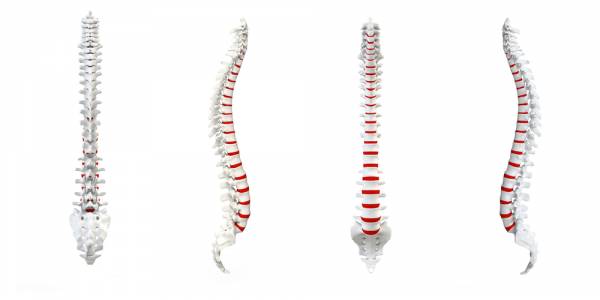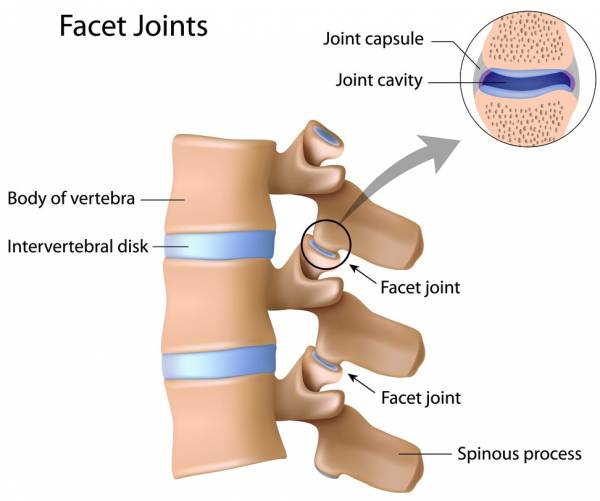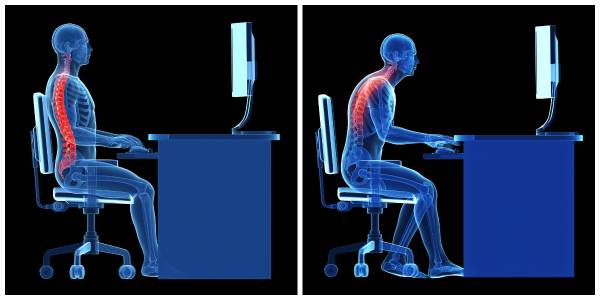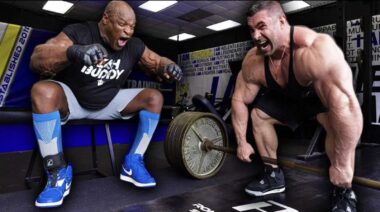The other day I was sitting in a waiting room in a radiology department. We were there with my son to figure out if he had stomach flu or appendicitis (thankfully, it was just stomach flu, although my thanks may be different if I’m puking in a few days).
I picked up a waiting room magazine bearing the headline: Healing Your Own Back Pain. Being a physical therapist, my interest was piqued. After ten minutes of reading and looking for my jaw on the floor, I was dismayed about several things:
The other day I was sitting in a waiting room in a radiology department. We were there with my son to figure out if he had stomach flu or appendicitis (thankfully, it was just stomach flu, although my thanks may be different if I’m puking in a few days).
I picked up a waiting room magazine bearing the headline: Healing Your Own Back Pain. Being a physical therapist, my interest was piqued. After ten minutes of reading and looking for my jaw on the floor, I was dismayed about several things:
- In describing common low-back ailments, rather than educate the consumer, the magazine left me (an educated consumer) wondering if I had a herniated disc or cancer. Fail.
- The “Top 3” ways to “cure” back pain were passive therapies. So now Johnny Back-Pain feels better, but the problem is still there.
- Aside from Pilates, which is a great way to strengthen your abdominal and spinal muscles, there were no suggestions for active treatments for low back pain.
So instead of getting suckered by this pseudo-science, let’s take a real look at why your back behaves the way it does, how it moves, and what simple techniques you can perform prior to working out to give your spine the love it needs.
RELATED: How to Stop Your Lower Back Pain
A Painful Reality
Back pain is the second most frequent reason people miss work after the common cold. In 2010, according to the American Academy of Pain Medicine, lost work productivity cost the United States $297.4 billion. This cost is related to medical expenses, temporary employment replacements, insurance and workers’ compensation claims, and payments for permanent disability.
“Since none of the spinal supporting structures are actually supporting anything, we rely on our connective tissue (disc, ligaments, etc.) and spinal integrity to do the work.”
According to the American Academy of Orthopedic Surgeons, one in five people will experience low back pain in their lifetime. One in twenty will be unable to work because of an acute occurrence or recurrence.
READ: The Rabbit Hole of Back Pain: What Your Doctor Doesn’t Want You to Know
What if we could start out this year a little differently? What if instead of spending money on passive therapies like acupuncture and massage and sinking even more money into Pilates classes we’ll stop attending in a month, we figured out why our back hurts, fixed our movement, and Let it Go? (cue Frozen music)
The Real Culprit Behind Low Back Pain
Musculoskeletal low back pain happens due to one culprit – poor movement. All the junk that comes along (herniated discs, nerve impingement, and muscle strains) is just a result of that. Our poor movement patterns start with our lifestyle. We sit down.
THINK OUTSIDE THE DESK: Desk Workouts, Cycle 1
The illustration below depicts the three natural curves of a standing upright spine. Our spine moves in three dimensions: flexion/extension, side bending, and rotation. Each segment of the spine has the ability to move upon one another independently so we may adapt our movement to tackle the tasks placed in front of us.

Furthermore, we have an intricate system of muscles and ligaments that support our spine, like guy wires on the San Francisco Bay Bridge. Below, you can see a disc between each segment, a little space for nerve roots to pass, and ligamentous attachments. Each segment also has a joint above and below, referred to as the facet joint.

Low back pain often originates from the facet, the nerve root, or a disc that’s been compressed or herniated. Since none of the spinal supporting structures are actually supporting anything, we rely on our connective tissue (disc, ligaments, etc.) and spinal integrity to do the work. It’s like asking the man who won the Boston marathon to enter a weightlifting competition and expecting him to win.
“Even when we sit in a ‘better’ position, we provide constant tactile sensation to the glutes and hamstrings, sending a neurologic signal for them to not fire anymore. We have lengthened the spinal erector muscle group and cued them to stop firing.”
Look at the images below. The fellow on the right is sitting with slouched posture. Note the loss of curvature in the lumbar spine, the increase in angle of the thoracic spine, and the straightening of the cervical spine. Additionally, note the tilt of the pelvis.

LEFT: Sitting with good posture; RIGHT: Sitting with slouched posture
Even when we sit in a “better” position, we provide constant tactile sensation to the glutes and hamstrings, sending a neurologic signal for them to not fire anymore. We have lengthened the spinal erector muscle group and cued them to stop firing. What happens when we leave our cozy little cubicle, drive (yet again sitting) to our local gym, and ask our bodies to perform feats of amazing athleticism?
READ: Sleep to Win: How Your Mattress Could Be Affecting Your Training
In addition, as we sleep, our intervertebral disc height increases. By lying supine, we allow good, healing nutrition and water to enter the disc. When we wake up, our discs are chubby with fluid and vulnerable. There is more cushion, but it is in a confined space and can press on nerve roots.
Make Things Right With Your Spine
If you tend to be a morning exerciser, your top priority is to wring out some of that fluid before you lift something heavy. A few sets of ten standing back extensions and a few sets of supine lower extremity rotation are key prior to killing your morning workout.
“As we stand and sit throughout the day, all that healthy fluid is squeezed out due to the effect of gravity. That means there is less cushioning between your vertebrae and nerve roots.”
If you are an evening exerciser, your disc state is much different. As we stand and sit throughout the day, all that healthy fluid is squeezed out due to the effect of gravity. That means there is less cushioning between your vertebrae and nerve roots. Your job is to reestablish some of that nutrition and fluid. Lying supine with your feet up for about five to ten minutes, followed by bending from one side to the next will provide your discs with what they need.
Consider this rant a little snippet of a three-part series. Next, we’ll address signs and symptoms, as well as learning the difference between when to seek help and when you can help yourself. Finally, we’ll come up with a sexy top-ten list of preventive exercises. And this year, maybe you’ll truly “Let it Go.”
Photos courtesy of Shutterstock.






